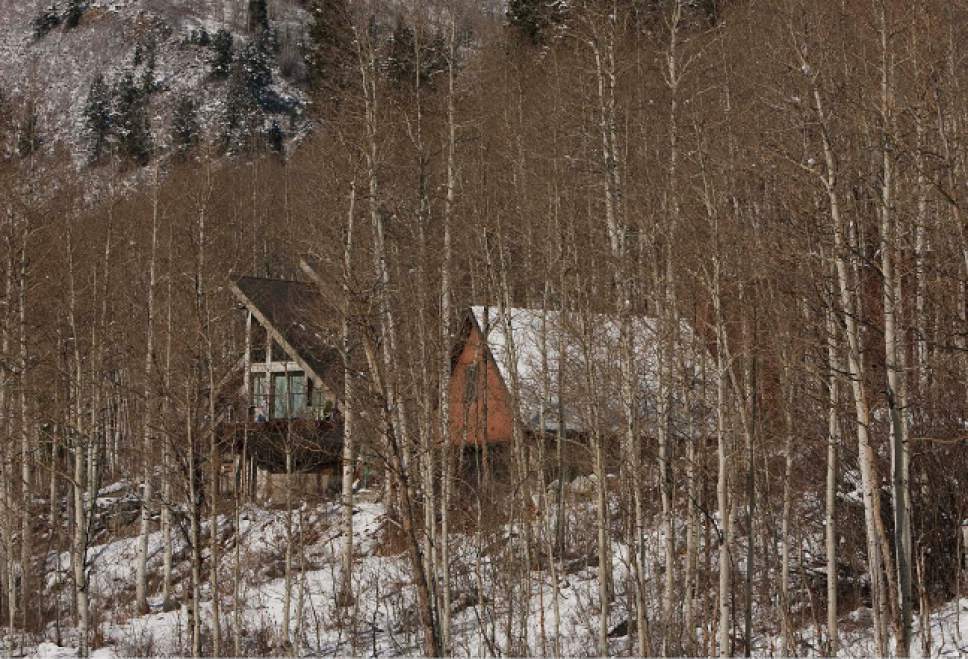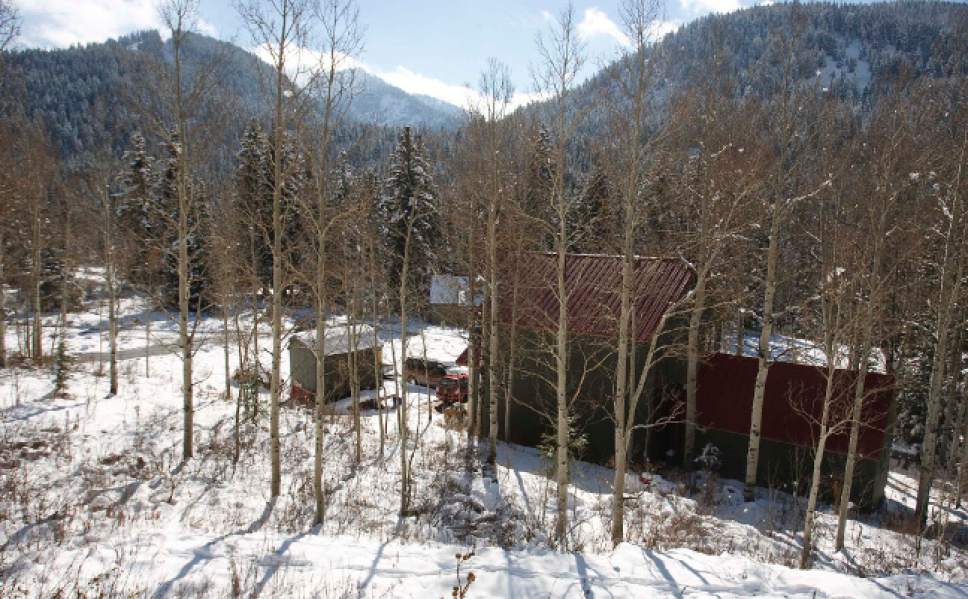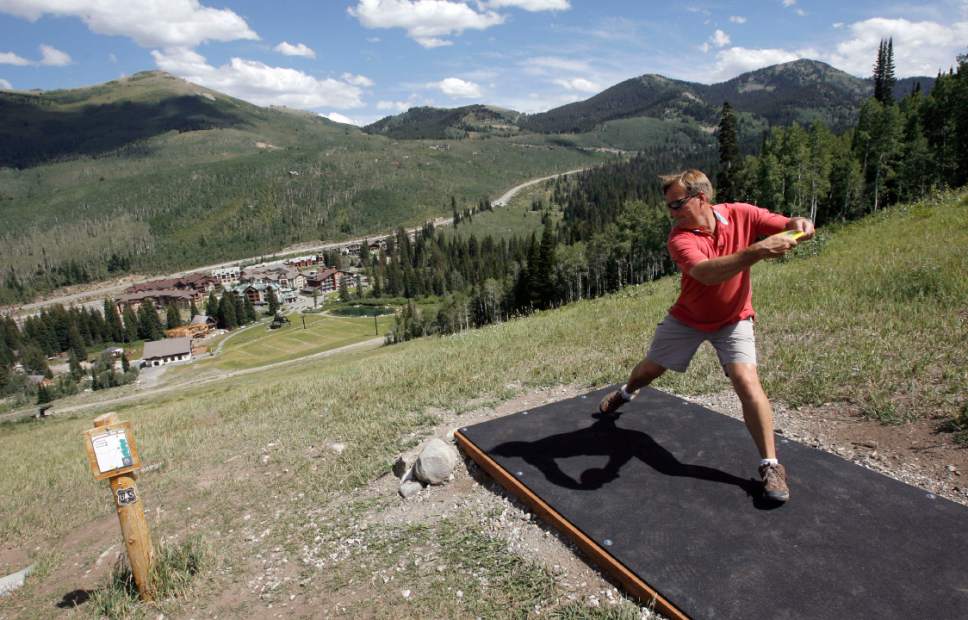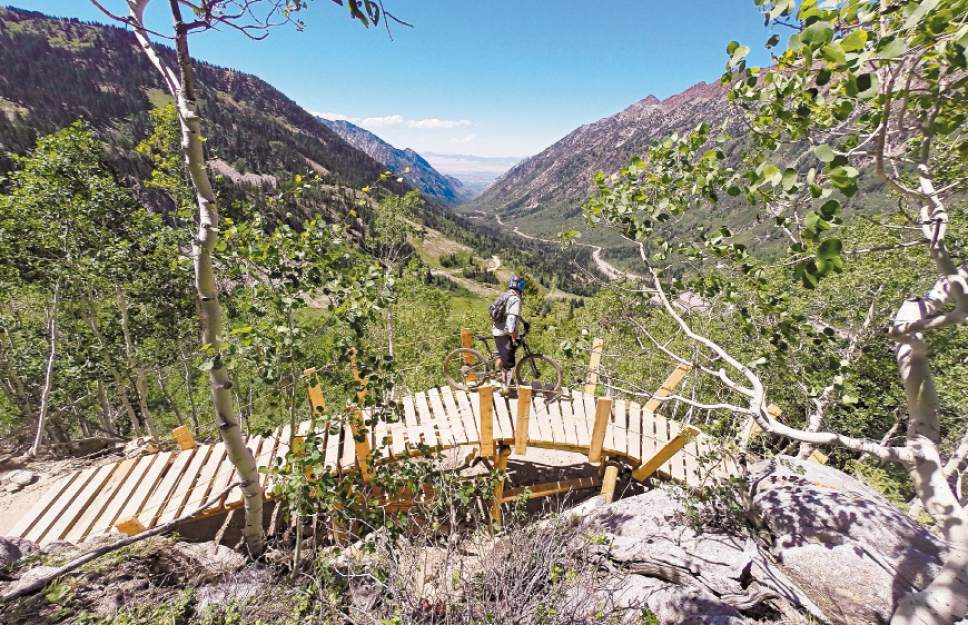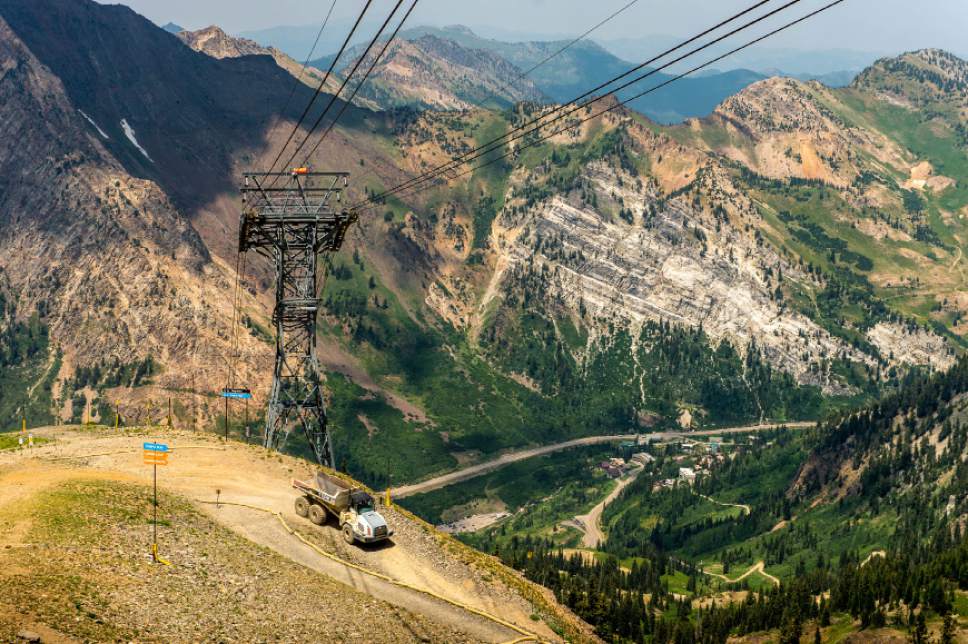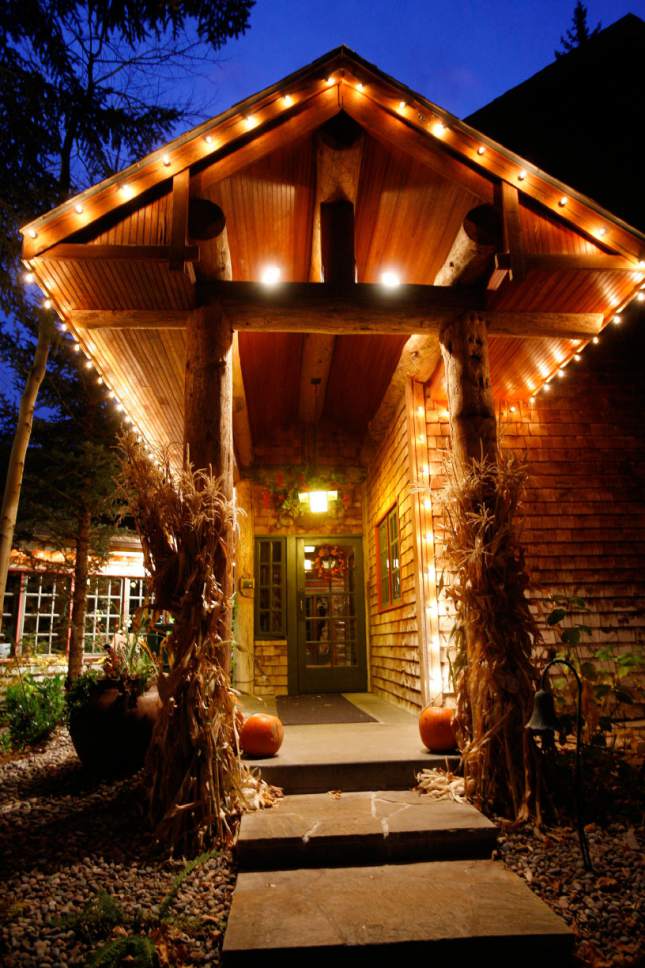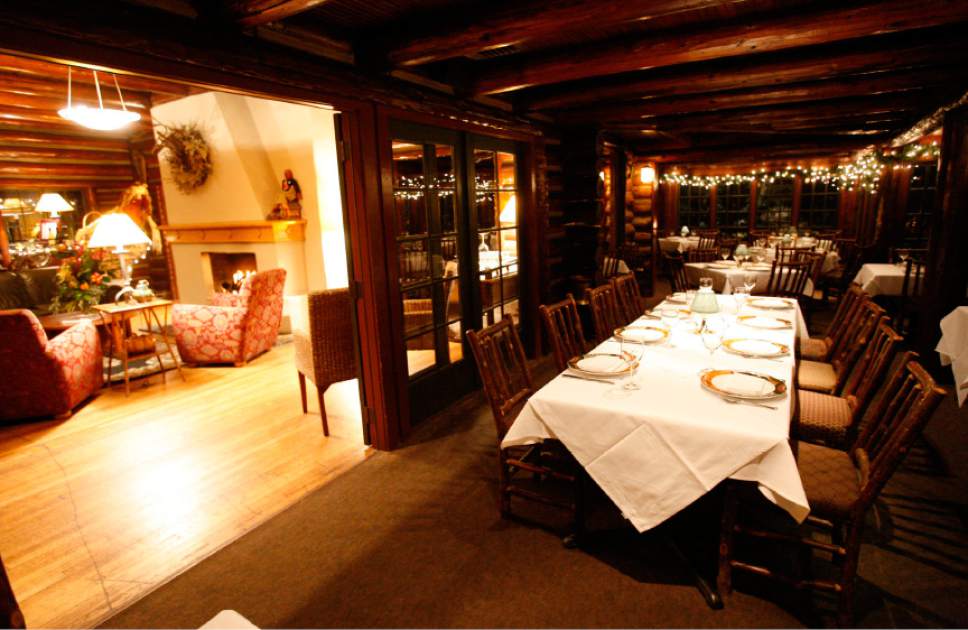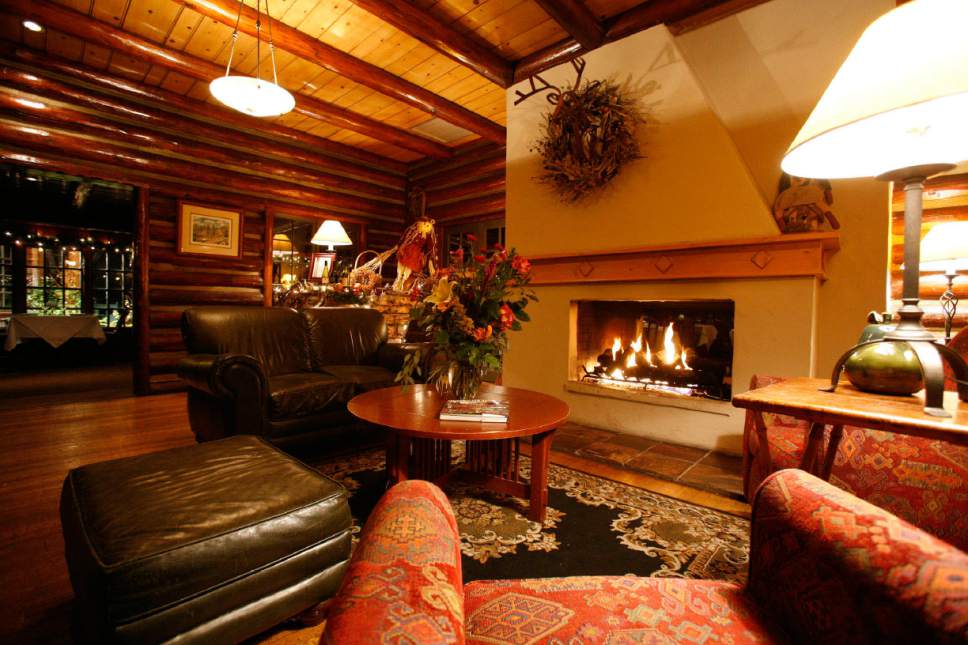This is an archived article that was published on sltrib.com in 2015, and information in the article may be outdated. It is provided only for personal research purposes and may not be reprinted.
Salt Lake County's plan to create a single planning district to deal with land-use issues in most of its Wasatch Mountain canyons received a lukewarm response last week.
That could imperil the idea.
In authorizing the county to set up a "Mountainous Planning District," the Legislature included a July 1, 2016, expiration date for the concept unless lawmakers act to extend it.
To improve that prospect, county Mayor Ben McAdams hoped to establish the district and its nine-member planning commission quickly, believing legislators would be more inclined to continue the planning district if it had a track record.
But on Aug. 12, when an ordinance creating the district was considered by the two existing planning commissions that have handled canyon issues, neither signed off.
The County Planning Commission, which oversees land-use issues in Big Cottonwood and Little Cottonwood canyons, along with the valley's unincorporated islands, didn't like the concept much at all. It decided not to consider the proposal again until its Dec. 16 meeting — six weeks after the Nov. 3 "Community Preservation" election that will reshape governance of the unincorporated county.
Members of the Millcreek Township Planning Commission responded more favorably to the concept, although their involvement on mountain matters diminished when the County Council opted earlier this summer to exclude the canyon from Millcreek Township's boundaries for the Community Preservation vote.
—
Funding and staff
Still, concerns about issues such as who pays for this new planning district and where its staff will come from prompted the Millcreek board to postpone action on the proposal until its September meeting.
"The delay is not an expression of opposition to the creation of a Mountainous Planning District. It's a good idea," Millcreek planning commissioner Andrew Gruber elaborated. "But we have some questions about the budget and technical issues, and need a little more time to familiarize ourselves with this."
Time is of the essence, as Wilf Sommerkorn, McAdams' point person on this project, emphasized to both planning commissions.
"We want to tell legislators it's been created and here's how it's working," he said. "The longer we delay, the less track record we have."
The potential demise of the proposed planning district concerns the conservation group Save Our Canyons, which joined the Utah chapter of the Sierra Club in heartily endorsing the idea.
Save Our Canyons later sent an email to its members, urging them to contact the mayor's office and County Council members and to express support for the concept "because it is a positive move for the Wasatch and for the people who care about it."
Sommerkorn said the planning district is consistent with the goals of the ongoing Mountain Accord process, which spent the better part of two years examining the environmental, economic, recreational and transportation needs and possibilities of the central Wasatch Mountains. The process, which involved many influential government and private-sector leaders, is looking to federal officials to compose a detailed environmental study of the many issues raised by the Mountain Accord.
—
Canyons interests
For the most part, the county's plan would treat the canyons holistically as a geographical entity rather than offshoots of whatever political jurisdictions are at their base (although Emigration, Red Butte and City Creek canyons are not part of it, nor is the Town of Alta).
The plan also treats the canyons as an area of great interest to most everyone in the county — the whole state for that matter — so Sommerkorn said the mayor believes the district's planning commission should be open to residents valleywide.
But exactly who those people will be is vague for now. The county's proposed ordinance leaves the membership question wide open, stipulating only that one member should live within the district. All other members would be appointed by the mayor, subject to council confirmation.
That approach did not sit well with the County Planning Commission or several canyon residents. They believed a new planning commission should include at least one representative from each canyon.
"We don't think it's a good thing at all," said Silver Fork resident Dave Eckhoff, speaking shortly after his neighbor, Big Cottonwood Canyon Community Council leader Barbara Cameron, rhetorically asked the County Planning Commission "why are they replacing you? You've been committed, you've been accessible and you have experience."
Edward Marshall, who said he was speaking on behalf of Log Haven owner Margo Provost and the people who own the land beneath her Mill Creek Canyon restaurant, was even more vehement in opposing the district plan, calling it a "taking of private property rights … whose clear purpose is to restrict business and commercial development. … Mill Creek Canyon doesn't fit into a Mountainous Planning District with the ski canyons."
But Carl Fisher, Save Our Canyons' executive director, believes the canyons do belong together in one planning district.
"This provides representation, not just for those who reside in the canyons but also those who truly value those areas," he said. "A Mountainous Planning District can aid in working with partners and drawing attention to nuances of planning in an alpine environment, specialties our broader community can bring by increasing the pool of people in the county who are able to serve on the board."
Added Mark Clemens of the Sierra Club: "My concern is if it's not successful, the legislation will produce piecemeal planning among the three canyons. We'll lose the focus of protecting the entire central Wasatch."
—
Loose ends
Millcreek Township Planning Commissioner Ann Ober concurred with their thinking, noting that in her past work as a local government leader, difficulties arose when "I've tried to manage projects across jurisdictional boundaries. … You can end up with detrimental results if just one [jurisdiction] doesn't go along."
But she also had qualms about endorsing the concept when so many questions remain about where funding for the planning district would come from — the county general fund or the more limited Township Services budget? — and whether the county was willing to commit the staff and resources to do the job well.
"I'm confident county officials will be open to conversations about the details as we go forward," Gruber added, joining a chorus of Millcreek planners who seemed amenable to backing the concept provided their questions are answered next month.
By contrast, the County Planning Commission seemed just as unlikely to make its required recommendation to the County Council anytime soon.
"It's overkill," said commissioner Tod Young. "It's a waste of time and money to proceed with this."


